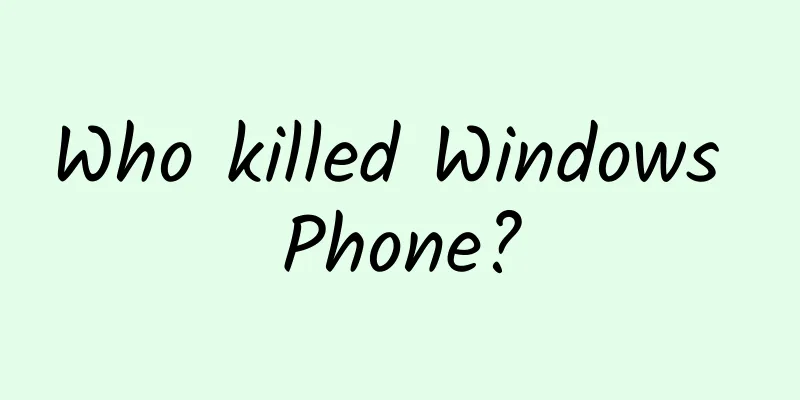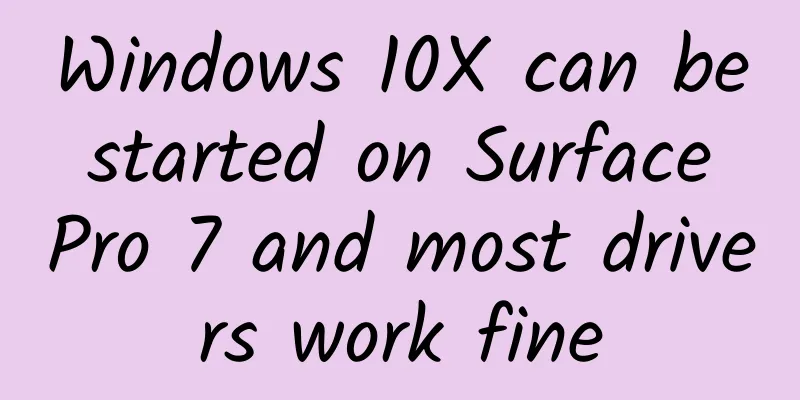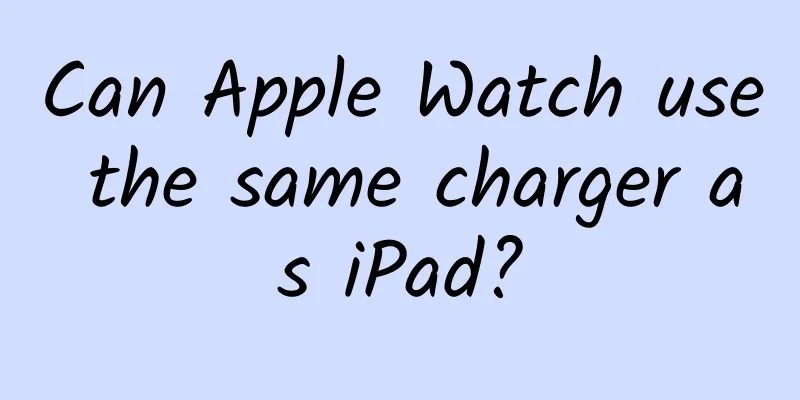Who killed Windows Phone?

|
Recently, Microsoft's latest quarterly financial report showed that its smartphone business revenue was only $5 million, a year-on-year decrease of $730 million. In terms of market share, Microsoft's Windows Phone has approached zero. In this regard, the industry said that Microsoft's smartphone business has completely died, and Microsoft itself may completely shut down its mobile phone business this quarter. So what exactly caused Microsoft's smartphone business to plummet? Although the industry said that it was mainly due to the fierce competition in the smartphone industry and Microsoft's phones were not as good as Apple's iOS and Google's Android, we believe that this is only due to external factors, and the real decisive factor is the internal factor, that is, Microsoft's own smartphone development strategy has deviated and made mistakes. First, from the perspective of Microsoft's competitive strategy in the smartphone market after the acquisition of Nokia's mobile phone business, it is mainly focused on the low-end market with low prices. This market positioning itself means low revenue and low profits. If Nokia was still competing in the high-end market before being acquired by Microsoft, Microsoft gave up the competition in the high-end market after being acquired by Microsoft. This is proved by the fact that after the acquisition of Nokia's mobile phone business, there were few high-end flagship phones released and promoted, and the ASP was the lowest among major smartphone players. According to statistics on the ASP of mobile phones of major global smartphone manufacturers by relevant institutions, the ASP of Microsoft smartphones is only US$186, ranking last after Apple, Sony, HTC, Samsung and LG. It is this strategy that has led to Microsoft's smartphone Lumia continuing to lose money after the acquisition of Nokia's mobile phone business, with each Windows Phone (mainly Lumia) sold resulting in a loss of $36. Microsoft's previous goal was that after the acquisition of Nokia's mobile phone business, each Windows Phone sold should generate a gross profit of more than $40 for Microsoft. Secondly, Nadella adopted a market strategy of opening up his own applications (such as Office, email services, etc.) to rival platforms, hoping to transform Microsoft from a system to a service through this strategy. However, for the already fragile Microsoft mobile ecosystem, the opening up of the few so-called productivity software applications that support the Microsoft system (including Windows Phone) has greatly reduced the value of Microsoft phones. It should be noted that from the perspective of consumer applications, there is a large gap between Microsoft Windows Phone and Android and iOS in terms of both the number of applications and experience. The biggest selling point is productivity software, but with the opening up of these to rival platforms, the shrinking value and poor sales are understandable. Imagine if the market and users can get excellent experience and numerous applications through the rival platform (mobile phone), and also get support from productivity software, killing two birds with one stone, who would buy Microsoft's mobile phone? More importantly, according to one of the reasons Microsoft set for acquiring Nokia's mobile phone business before, which was to prevent Google and Apple from hindering application innovation, application integration, application distribution and application economy, Nadella not only failed to achieve it, but also went against the purpose and joined the camp of Google and Apple, fueling their flames. This move by Nadella not only hurt the users and developers of Microsoft Windows Phone, but also angered the shareholders of Wensoft. For example, at last year's Microsoft shareholders meeting, Dana Vance, a user of Windows Phone and Microsoft Band and a Microsoft shareholder, said he received an email about Microsoft's Pix app, but was surprised to find that the software would be available on iPhone and Android platforms, but not Windows Phone. The Outlook app also had a similar problem, and he questioned Microsoft CEO Nadella, why Microsoft's app didn't support its own mobile phone system? The second is the free licensing strategy of Windows Phone system adopted by Nadella. Although Microsoft's move seems to have received responses from many manufacturers, judging from the objects of response, most of them are inconspicuous manufacturers or manufacturers that have no support in the smartphone market, and manufacturers with support, such as Samsung, HTC and Huawei, only provide superficial support for the sake of face (and later stopped supporting). Therefore, according to the latest statistics from the advertising platform AdDuplex, Microsoft's own Lumia series currently has a share of nearly 100% in the Windows Phone ecosystem, which means that Microsoft's free system strategy has not only failed to gain support from third-party OEM manufacturers in the Windows Phone ecosystem, but has backfired. However, the negative impact of Microsoft's announcement of free Windows licensing fees is that the market believes that Windows Phone is no longer worth charging for. In other words, it has once again reduced the influence of the Windows Phone ecosystem. Finally, there was a strategic decision-making error regarding the position of feature phones in Microsoft's mobile phone business. I remember that when Microsoft CEO Ballmer acquired Nokia's mobile phone business, he deliberately emphasized the importance or strategic value of Nokia's feature phone business to Microsoft's mobile phone business, that is, Microsoft regarded feature phones as an outstanding tributary system in the world of smartphones. With the help of feature phones, Microsoft's services can reach a large number of low-end device users in many parts of the world. From the perspective of the time, Microsoft found that manufacturers like Nokia, which still had a certain brand influence in the mobile phone industry and still had a large market for feature phones, gave Microsoft the opportunity to turn Nokia's feature phones into smartphones in the future (according to statistics from relevant institutions at the time, about 40% of the new users of Windows Phone phones came from Nokia's previous feature phone users). At that time, Nokia's quarterly shipments of feature phones reached 53.7 million units. It should be noted that according to a report by the Pew Organization cited by the American technology media Mashable, among developed countries with high smartphone penetration rates, the US penetration rate is 72%, Canada's penetration rate is 67%, the UK's penetration rate is 68%, Germany's penetration rate is 60%, and Italy's penetration rate is 60%. Australia's penetration rate is 77%. As for the Chinese market, although we have seen that the price of smartphones has even dropped to less than RMB 400, the penetration rate of the entire Chinese smartphone market is only more than half, at 58%. In developing countries such as India and markets such as Africa, the penetration rate of smartphones is generally less than 20%, for example, India is 17%. It can be seen that feature phones still occupy a considerable share of the mobile phone stock market, although their overall shipments were surpassed by smartphones as early as 2013. According to the latest statistics from IDC, in 2015, the shipment of non-smart phones in the United States reached 24.2 million, an increase of 2 million units year-on-year. The reason is that according to the Wall Street Journal, one in seven people in the United States cannot stand the complex functions of smartphones. Although smartphones are indeed more convenient in some aspects, they are still handheld computers in terms of design, so their functions are not used by many people at all. Similarly, in Japan, due to its emphasis on aging, the penetration rate of smartphones is only 39%, and feature phones are still popular in the market and among users. It can be seen that feature phones not only have a considerable mobile phone stock market, but also have increased in some markets. Of course, we are not denying the trend that smartphones will eventually replace feature phones, but for Microsoft, which still has smartphone and feature phone businesses, the current status of the above feature phones should be valued and studied by Microsoft. Unfortunately, soon after Nadella took over as Microsoft CEO, he announced that Microsoft would abandon its feature phone business within the next 18 months. This is a bit like Nokia's premature announcement of abandoning the Symbian system after reaching a strategic partnership with Microsoft. The premature announcement of abandonment not only caused internal business to slack off, but also gave competitors the opportunity to seize the market. As of the quarter when Microsoft finally announced the sale of its feature phone business, Microsoft's quarterly shipments of feature phones had dropped sharply to around 15 million units. Despite this, its feature phone business shipments were still far higher than its smartphone shipments (Nokia's feature phone shipments last year were 35.3 million units, ranking second in the global feature phone market), which means that Microsoft may still rely on feature phone retention and new users in the future to lay the foundation for its future transition to Microsoft's smartphone users. Unfortunately, with Nadella's sale of the feature phone business, Microsoft's last chance was also strangled. As the saying goes: Misfortunes sent by heaven can be pardoned, but misfortunes brought upon oneself cannot be forgiven. In fact, it was Microsoft itself that ultimately killed Windows Phone. As a winner of Toutiao's Qingyun Plan and Baijiahao's Bai+ Plan, the 2019 Baidu Digital Author of the Year, the Baijiahao's Most Popular Author in the Technology Field, the 2019 Sogou Technology and Culture Author, and the 2021 Baijiahao Quarterly Influential Creator, he has won many awards, including the 2013 Sohu Best Industry Media Person, the 2015 China New Media Entrepreneurship Competition Beijing Third Place, the 2015 Guangmang Experience Award, the 2015 China New Media Entrepreneurship Competition Finals Third Place, and the 2018 Baidu Dynamic Annual Powerful Celebrity. |
Recommend
Lenovo YOGA plays three trump cards. The mid-life crisis forces Lenovo to innovate subversively
In 2016, Lenovo is already 32 years old. As a nat...
Computers are racing: Millions of CPUs are fighting in clusters! Powerful supercomputers...
Produced by: Science Popularization China Author:...
18 knowledge points about content marketing
Content seeding, this word has been on our lips f...
How much does Tencent Zhihui charge for advertising? How effective is Zhihuitui?
Tencent Zhihuitui has a large number of platform ...
5 steps to plan an event promotion!
Whether you are doing user operations, new media ...
DianTao—Analysis of competitive products of Douyin live e-commerce!
In 2021, the "Taobao Live App" was offi...
Is Lanzhou WeChat applet suitable for mall live streaming? What are the benefits?
The live streaming trend is still very popular to...
Subvert your cognition! Brain damage makes them vegetative? They can't speak but can cry? In order to wake them up...
The short drama that has been flooding the screen...
Winter limited return in some areas? Sandstorm, snowstorm, thunder and cold are coming, please remember to put on more clothes in time!
This week, the weather across the country has bee...
After reading this article, do you still dare to say that Android game consoles are rubbish?
Two years ago, if there was news that an Android ...
Good news for independent developers: a complete collection of development tools
[[143946]] A foreign website "All Dev Resour...
Why can the Yingxian Wooden Pagoda in Shanxi, which looks like a building block, stand for a thousand years?
Recently, a tower has become very popular on majo...
Look up at the sky, why are there transparent "floating objects" in front of you?
Many people have noticed that when they look up a...
Private domain traffic SOP guide!
The topic I want to talk about today: private dom...
Carrageenan is actually a "good glue"
Have you heard about the news in the food industr...









